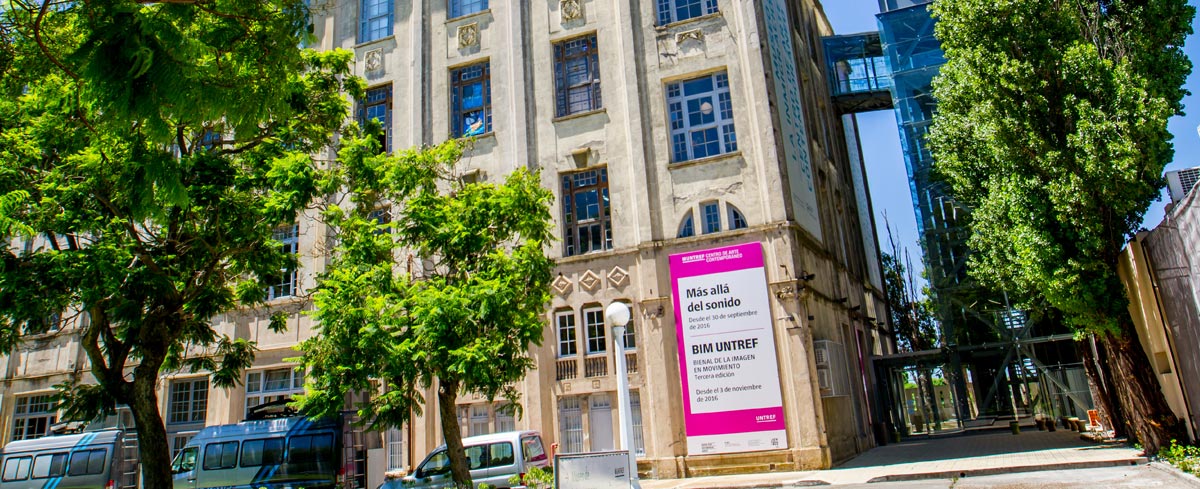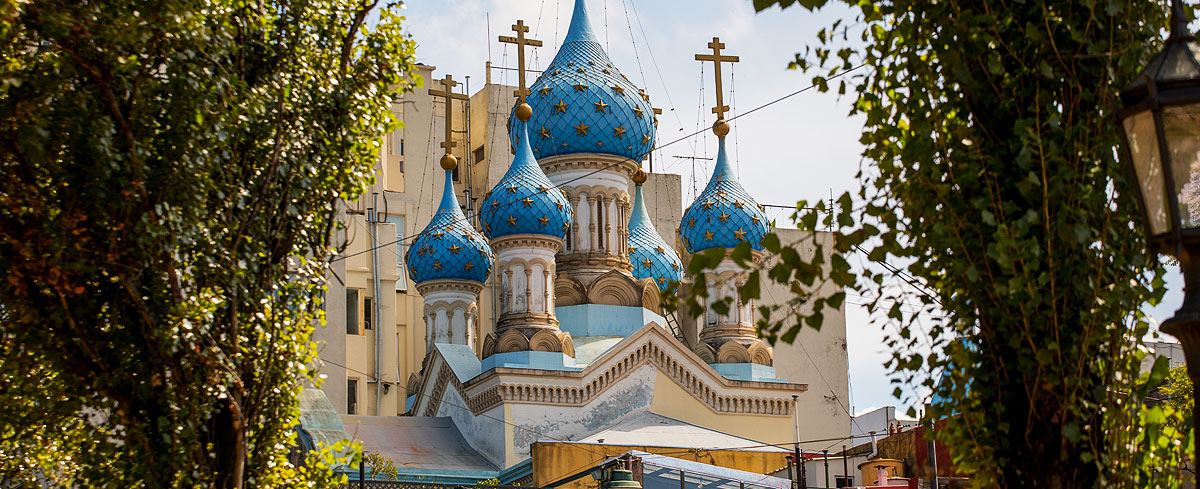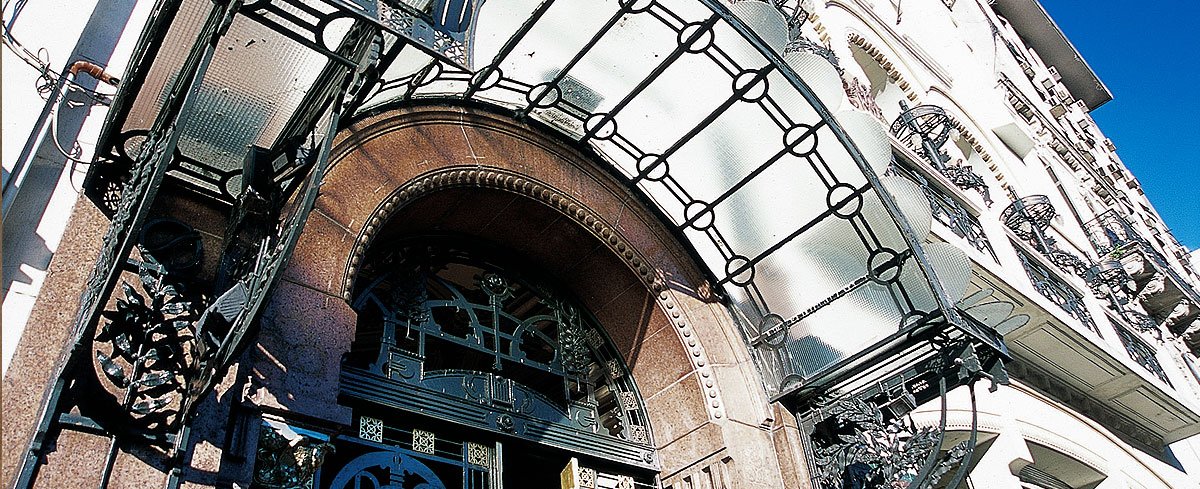If there’s one thing that’s characterised Buenos Aires right from the beginning it’s immigration. From Europe, the Middle East, the Far East and neighbouring Latin American countries, people have come and found a place in this magnificent melting pot of a city
Initially, people came by ship. Until 1886, new immigrants arrived in the neighbourhood of Puerto Madero, although the city’s commercial success meant that the port there was soon too small to accommodate the size of ships that were arriving. The Puerto Nuevo (New Port) was inaugurated in 1911, with two jetties and five tooth-shaped docks. Power plants and important state buildings, including the headquarters of the state railway company and the new mint, were erected around the port.
Also erected nearby was the Hotel de los Inmigrantes, which currently houses a museum on immigration. Opened in 1911, this institution provided accommodation for up to 2,000 newly arrived immigrants at a time on a six-hectare site beside the port. The “hotel” had eight sections arranged around a central square, enforced strict rules, and imparted classes and training for those who had recently arrived in the country.

The largest waves of immigration came from Italy, and in San Telmo, you can find Pasaje La Defensa, an icon of the Italian academic style with a marble-clad facade that was the sign of a wealthy family. The interior had three patios with different areas, including an orchard. The house was abandoned at the start of the 20th century and was converted into a tenement shared by up to 32 immigrant families (around 120 people) at a time. In 1981 it was converted into a quirky shopping arcade.
Another important Italian building was the headquarters of La Società Unione e Benevolenza (located at calle Perón 1372). This charity association was founded in 1858, at which point there were 3 million Italians living in Buenos Aires. The society had 6,300 members by 1888. The imposing facade and different high reliefs, regional shields and busts of Italian figures allude to the diversity of the political positions and different origins of the members.
Approaching the centenary of Argentina’s independence, Spanish immigrants, mainly from Catalonia, Galicia and Andalucia, accounted for ten per cent of the population of the city. In 1872, they founded their own club in the centre of the city in an Art Nouveau building provided by the Dutchman Enrique Folkers. The building is notable for its paintings, impressive marble staircase and a facade with Arabic and Byzantine motifs.
As for Russian influence, the prime example is the Muscovite Russian Orthodox Church near Plaza Lezama. Its five blue onion domes represent Jesus and the four evangelists and the frontispiece contains a mosaic made in St. Petersburg that depicts the holy trinity.

Danish immigration to Buenos Aires was not so extensive, but the community was big enough to build its own church – at Calle Carlos Calvo 200, also in San Telmo. This Lutheran church is constructed from brick in the Danish gothic style and has only one nave. The stepped tower represents the ladder that appeared in the dreams of the patriarch Jacob in the biblical book of Genesis.
Moving towards the north of the city, near Retiro train station is the Torre Monumental, previously known as the Torre de los Ingleses, or Tower of the English, until the Malvinas War caused the name to be changed. This Renaissance style tower, 70 metres tall, was a gift to Buenos Aires from the city’s community of British immigrants.
Finally, we can’t talk about the influence of immigration on the city’s architecture without mentioning the Parisian Recoleta neighbourhood. In the heart of Recoleta is Plaza Francia, so named because of a 12-metre tall marble monument made by French sculptor Èmile Peynot to commemorate the centenary of Argentina’s independence. The sculpture depicts an analogy of the French Revolution and four key moments from the history of the two countries: San Martín crossing of the Andes from Argentina into Chile, the French National Assembly’s declaration of sovereignty, the first meeting of the government of the newly liberated States of the Río de la Plata, and the storming of the Bastille. The principle figure depicts Marianne, the personification of the French Republic, leading little Argentina by the hand.
